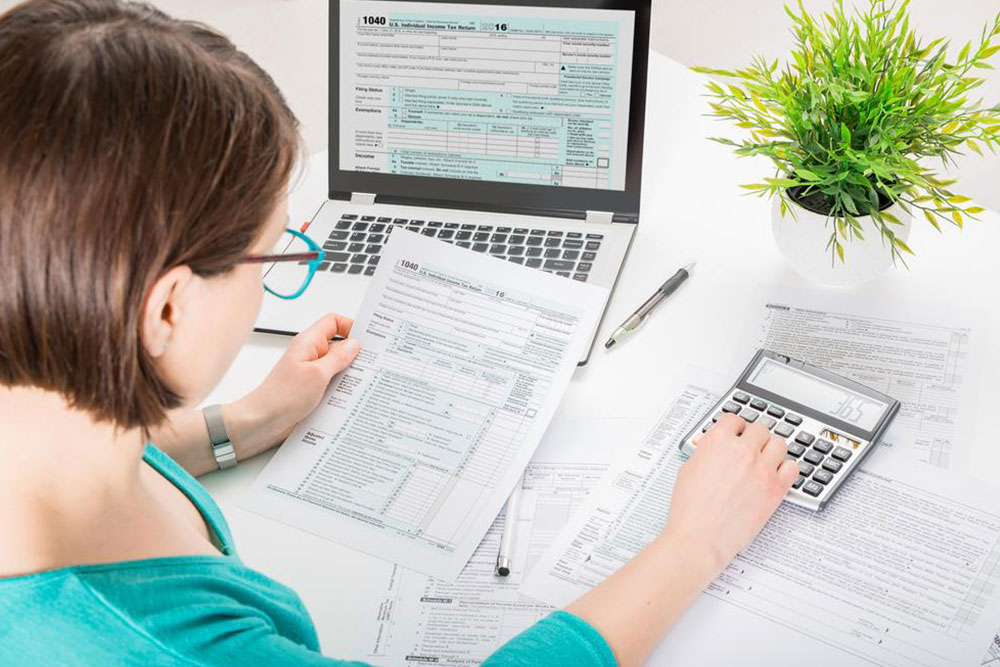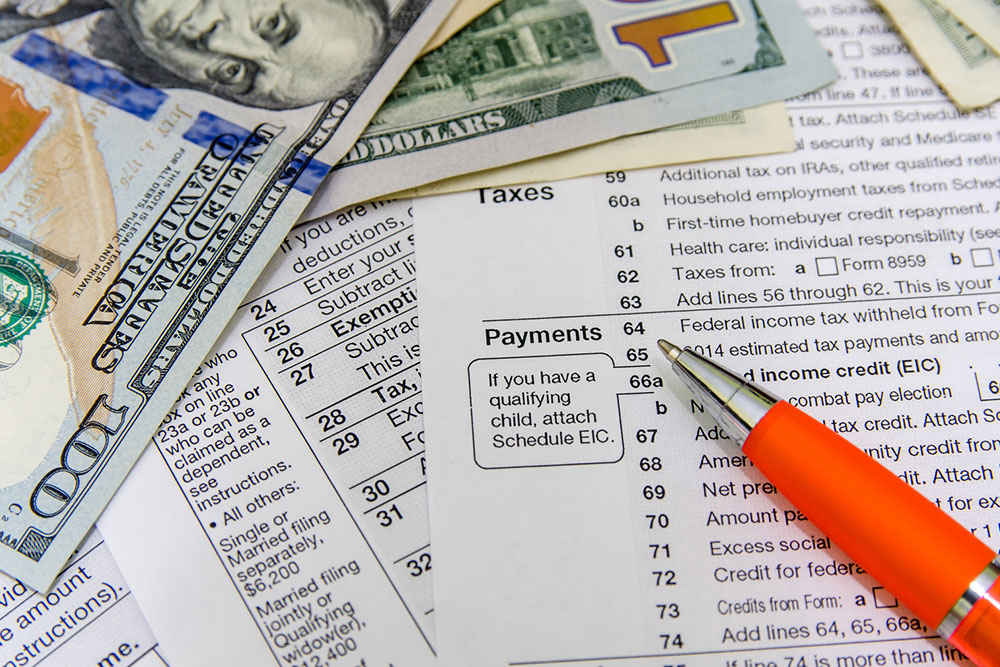Essential Guide to IRS Installment Payment Options
Learn everything about IRS payment plans, including eligibility, setup methods (online, phone, in person), fee considerations, and how these plans help taxpayers manage tax debt gradually. This guide covers the main types of installment agreements, application requirements, and tips to modify or adjust your payment arrangement as needed.
Sponsored

Essential Facts About IRS Payment Agreements
Paying taxes can be complicated and stressful, especially when facing unexpected large bills. The IRS offers various payment plans to help taxpayers manage unpaid taxes gradually, easing financial pressure. These arrangements allow individuals to settle their federal tax debts over time, either online, via phone, or in person, depending on their circumstances.
What Is an IRS Payment Plan?
An IRS payment arrangement is a formal agreement that enables taxpayers to pay their owed taxes in installments. This flexibility helps avoid immediate wage garnishments or liens, provided the terms are followed.
Taxpayers can set up plans online, over the phone, or face-to-face. The specific plan type depends on the total owed and the taxpayer’s ability to pay. Generally, as long as the terms are met, the IRS won’t enforce liens or levies. There are mainly two options:
A short-term plan: pay in full within 180 days.
Long-term installment agreements: pay over more than 180 days, with monthly payments possibly extending up to six years.
Most taxpayers qualify for an installment agreement. The IRS's Online Payment Agreement tool simplifies application for both short and long-term plans, based on certain eligibility criteria.
Less than $100,000 owed: Those owing under this amount and unable to pay within 180 days can opt for a short-term plan after fulfilling their tax filing obligations.
Owes $50,000 or less: This threshold applies to individuals with total owed taxes, penalties, and interest. Long-term plans are available if they need more than 180 days to pay and have filed all returns.
Applying for a plan can be quickest online. To do so, users need a registered IRS account or create an ID.me account for identity verification. Required information includes a valid email, identification documents, and access to multi-factor authentication.
If online application is not suitable, taxpayers can also contact the IRS by phone or email by submitting Form 9465. Business taxpayers need to check specific contacts for their plans. Remember, setting up a payment plan may involve interest and penalties, but the IRS offers penalty reduction for those responsibly on plan payments—lowering late payment penalties from 0.5% to 0.25%.
Fees vary based on eligibility and application method. Low-income taxpayers may qualify for fee waivers or reimbursements. Automatic payments made from a registered bank account often qualify for reduced or waived fees.
The IRS’s online tools let users modify payment arrangements, including changing amounts, reinstating, or adjusting due dates. If affordability becomes an issue, additional forms may be necessary to renegotiate terms or request changes.
Note that applying for a payment plan directly through the IRS does not require third-party companies. While assistance from tax relief agencies is available, due diligence is advised—review credibility and rights, especially regarding power of attorney roles, via official government resources.





